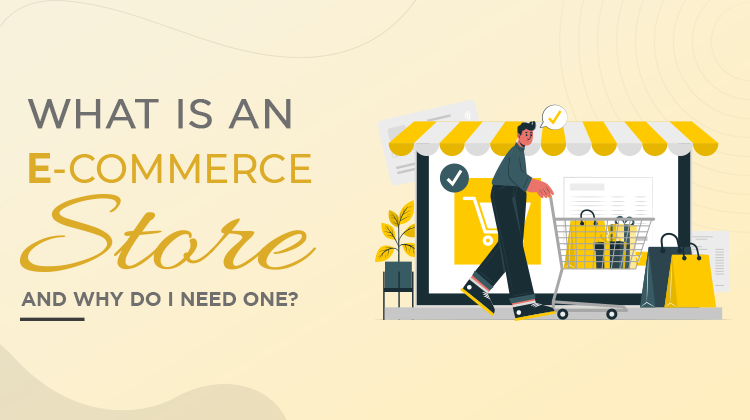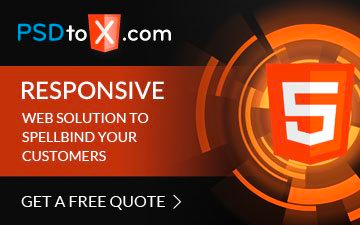As the world continues to shift towards a digital economy, more and more businesses are looking to move online. One aspect of this trend is the rise of e-commerce, which involves the buying and selling of goods and services over the internet.
In this blog post, we’ll explore what an e-commerce store is and why it’s essential for businesses to have one. We’ll cover the definition of an e-commerce store, types of e-commerce stores, examples of popular e-commerce stores, benefits of having an e-commerce store, factors to consider before setting up an e-commerce store, how to set up an e-commerce store, challenges of running an e-commerce store, and conclude with final thoughts and recommendations.
Key Takeaways
- E-commerce is an acronym for electronic commerce that involves buying and selling goods over the internet.
- An e-commerce store is a website that sells products or services to customers.
- E-commerce stores can substitute for a physical store, although a business can maintain both.
- You need an e-commerce store if you want to sell more products and increase revenue.
- Several online website builders like Shopify, Wix, and WooCommerce enable you to make an e-commerce website for your business.
What Is an E-commerce Website?
E-commerce means electronic commerce. This is the act of purchasing and selling goods and services on the internet, which is similar to buying and selling in a physical market. But unlike a physical market, e-commerce involves searching for the products or services and clicking a few buttons to get what you want.
For example, if you desire to purchase a beauty product, all you have to do is search any online store of your choice and find a large variety of products you can choose from. And when you get the right beauty product, you pay for it, and they ship it to your house.
E-commerce can’t be successful without online stores. While e-commerce is a process, e-commerce stores are the medium. This means that during the process of buying and selling, you need a store (medium) to search for what you want.
From a seller’s perspective, an e-commerce store is a website that allows you to list your products or services and sell them to your customers or clients.
But from a buyer’s perspective, an e-commerce store is a website from which you buy what you need.
It is similar to a physical store that displays its products for its customers to buy. But unlike a physical store, you can only access an e-commerce website with your desktops, tablets, or mobile phones.
Examples of E-commerce Store
E-commerce can take several forms, and it includes buying and selling between businesses and customers (B2C), business and business (B2B), customers and business(C2B), and customers and customers(C2C).
E-commerce stores can take various forms, such as online marketplaces, online stores, or social media stores. Examples of popular e-commerce stores include Amazon, eBay, Walmart, and Shopify.
Retail Store
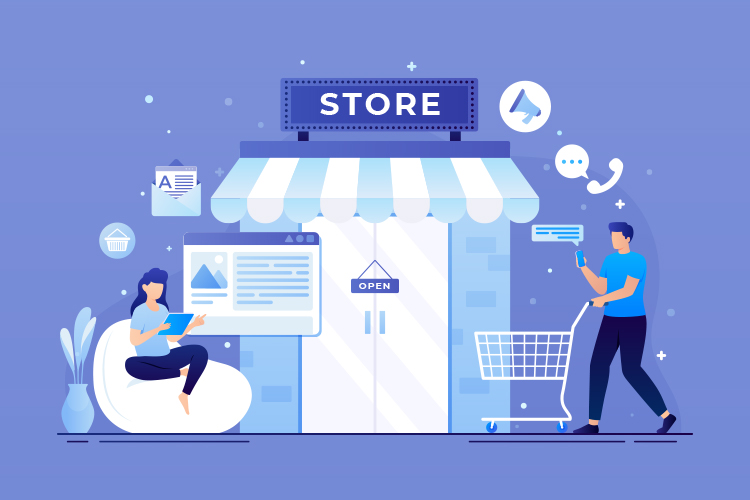
A retail store is an e-commerce website that sells products directly to customers. Most online stores are retail stores that sell everyday products directly to their customers without an intermediary. An example of a retail store is an e-commerce website that directly sells tangible products like bags, shoes, clothes, electronics, and digital products to its customers.
Dropshipping
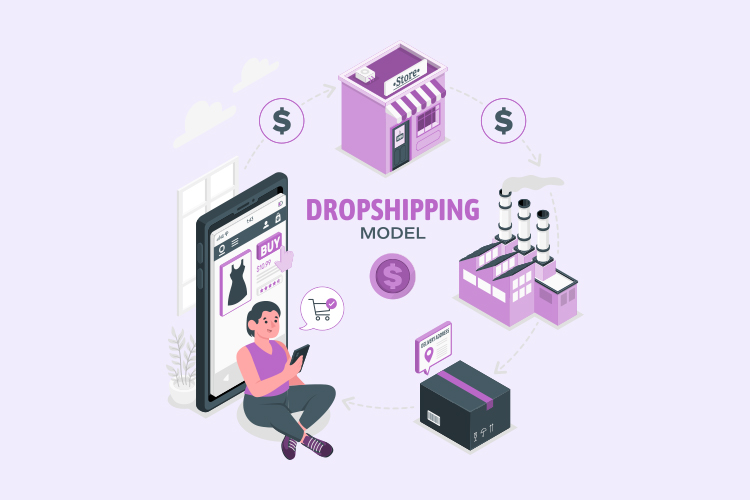
This kind of e-commerce business involves the sales of manufactured and shipped products to a third party.
Services

Most e-commerce stores don’t sell physical goods; they sell services that their customers can pay for online before accessing them. A website that sells online courses is an example of that.
E-commerce Store vs. Physical Store
There are many differences between an e-commerce store and a physical store. One obvious difference is that anyone can access an online store because it is on the internet. With a mobile phone or desktop, you can simply type the URL, and you are in.
A physical store has a fixed location, limiting it to local buyers only. This is because you can only walk into a physical store close to where you live, limiting the amount of people who can purchase from the store.
It is one reason most business owners are creating an e-commerce website to support their physical store. And a good reason for you to create an online store for your business.
Advantages of E-commerce Store
You Reach More Customers

When you make an e-commerce store for your business, you will reach more customers and sell more products. Are you limited by the number of walk-in customers? There may not be many people in your locality that need your products.
Creating an e-commerce website will allow you to sell your goods or services to more customers. Most e-commerce websites have thousands of visits per month, which might mean increased revenue for the business.
Location Is Not a Barrier
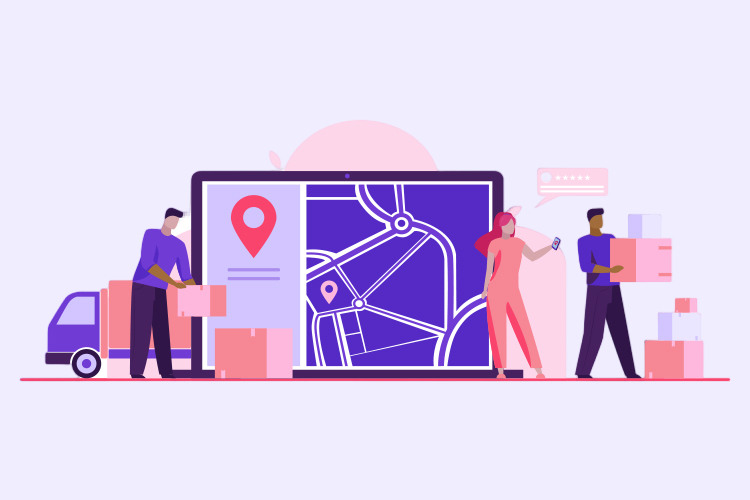
More and more e-commerce stores sell their products or services to customers who live far away. With an online store, location is not a problem because anyone can easily access the website with their devices as long as they are connected to the internet. You don’t have to depend on walk-in local customers to buy your products when you make an online store.
Convenience
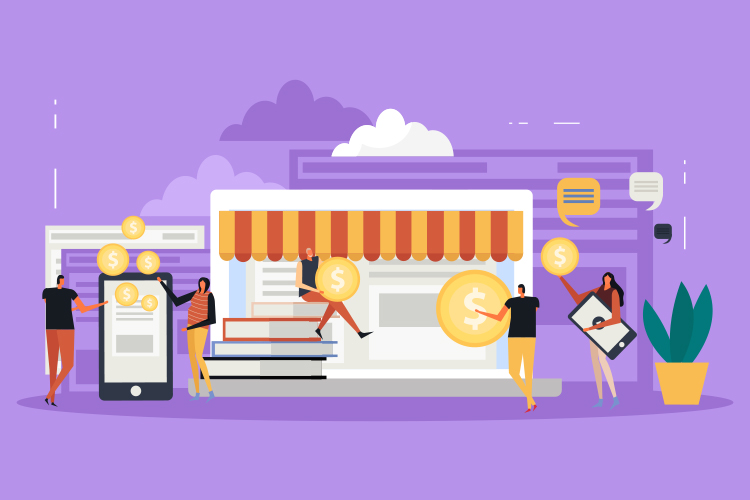
Do you want to buy or sell products without stressing yourself? If you want to buy a physical product, you have to walk into a brick-and-mortar store. Also, if you want to sell your products, you have to build or rent a shop. But when you use an e-commerce store, you don’t have to stress yourself.
From the comfort of your house, you can search an online store of your choice and buy the product you want. Also, with an e-commerce website, you can list all the products you want to sell effortlessly. Some e-commerce websites have thousands of products in their inventory, something you can’t do with a physical website.
Easily Buy and Sell
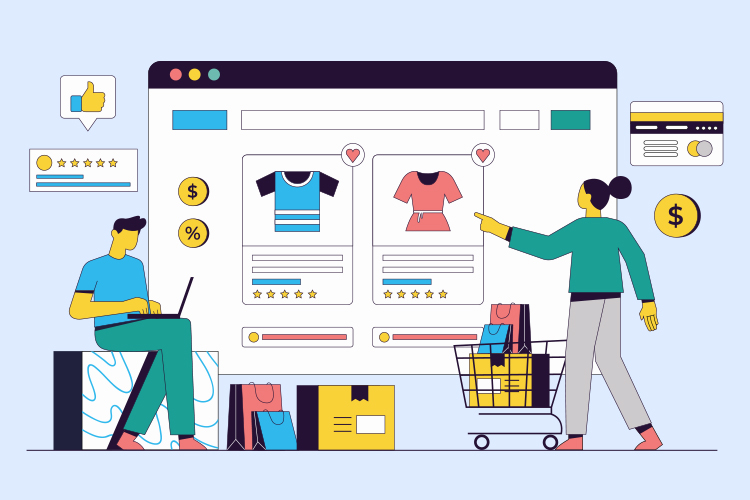
E-commerce stores can integrate a payment gateway that allows their customers to pay for their products easily. There is no need for long queues common in a physical store when you use an e-commerce store to buy what you need or sell to your customers.
Always Online

Another advantage of an e-commerce store is that it is always online. You or your customers can access the store any time of the day. This is in contrast with a physical store that opens in the morning and closes in the evening. That is why an online store makes it easy for business owners to sell more products to their customers.
Increased Option
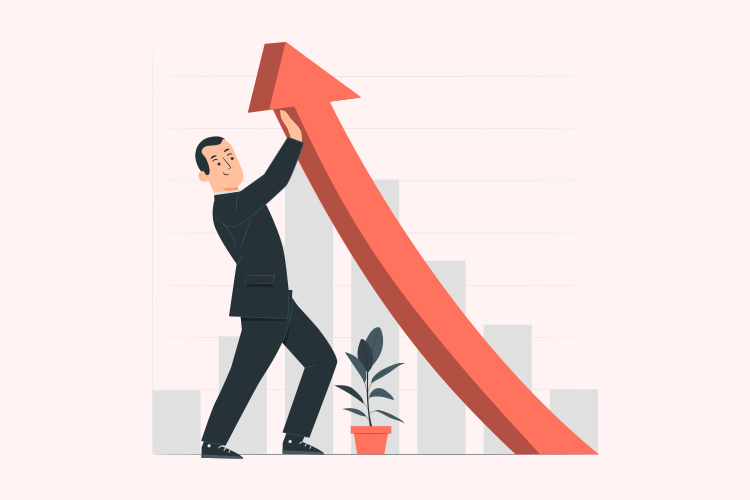
With an e-commerce store, you can add various products online for your customers to view and select. This means that the more options your customers have, the more they buy from you because they will find what they want.
For example, you can sell a variety of red, yellow, black, or brown t-shirts of the same brand with an e-commerce website.
Why You Need an E-commerce Store
Are you a firm owner looking for ways to increase sales and revenue for your business? Creating an e-commerce website for your business is one way to do that. You need an online store if you want to attract new customers, increase revenue, and operating hours, reduce payroll, and increase brand awareness.
If you have a local store with zero awareness, you can increase your customer’s reach and brand awareness with an e-commerce website. People will come to know about your business if search engines display it.
Do you want to sell more products? You need an online store that operates every hour of the day. And if you want your customers to buy from you quickly, an e-commerce store is the answer. You can process orders and payments quickly when you use an online store to sell your products.
How to Create an E-commerce Store
Business owners can make an e-commerce website for their business in several ways. Some business owners have used online website builders like Shopify, Squarespace, and Wix to make their websites. Others have used Woocommerce to create an amazing online store for their business. Business owners should follow these steps to make an online store for their business.
Step One – Choose a Product
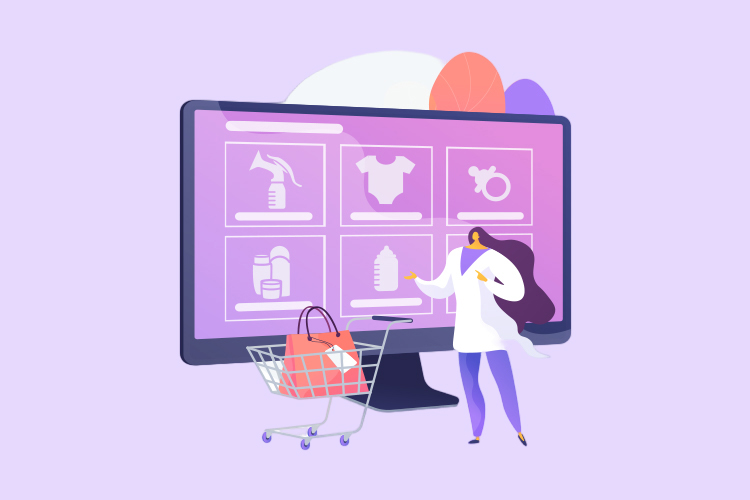
Choosing what to sell is the first step to making an e-commerce website. This stage will be easy if you already have a physical store and know what products you want to sell. But if you are contemplating selling products online, you have to take your time to select the best products that appeal to your customers.
Step Two – Research the Product

After selecting a product you want to sell on your e-commerce store, you have to do your research. A thorough product research will bring to light the demography of your customers. You will be able to know the age group and location of people that buy that product. Aside from that, product research will let you know the search volume of the products to determine if it is worth selling. Competition research matters when selling online. Your product research should reveal your competition and their marketing strategy.
Step Three – Make Your Store
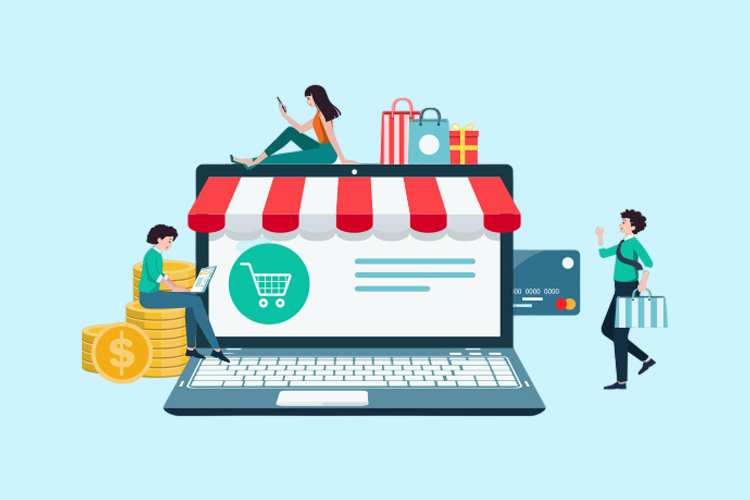
Now that you have found a product and done thorough research, you should start thinking of making your e-commerce store. You can hire a web developer to help you with that or do it yourself if you have web development experience. One popular platform to use to make an e-commerce website is WooCommerce. WooCommerce can be integrated with WordPress, and it enables you to create a beautiful and dynamic store where you can sell thousands of products.
Step Four – Define How You fulfill Orders
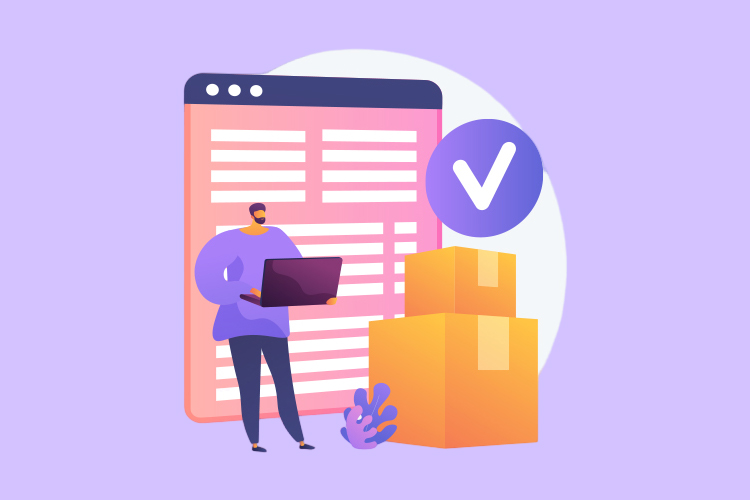
If you sell your products to local customers, shipping might not be a problem. But if your customers live far away from you, you have to define how you will process and fulfill their orders. You can partner with a logistics company to help you deliver the product after a customer makes a purchase.
Best practices for optimizing an e-commerce store
Tips for optimizing your e-commerce store include optimizing product descriptions, using high-quality images and videos, offering discounts and promotions, providing excellent customer service, and using data analytics to track customer behavior.
1. Optimize product descriptions:
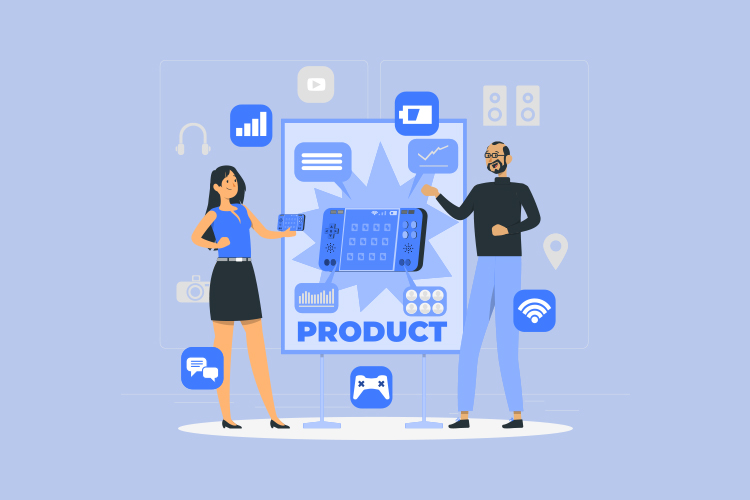
Product descriptions should be clear, concise, and detailed. Use keywords to improve search engine rankings, and highlight the features and benefits of your products. Consider using bullet points or numbered lists to make it easy for customers to skim the information.
2. Use high-quality images and videos:

High-quality product images and videos can increase conversions and reduce the number of returns. Use multiple images that show the product from different angles, and include videos that demonstrate how the product works.
3. Offer discounts and promotions:
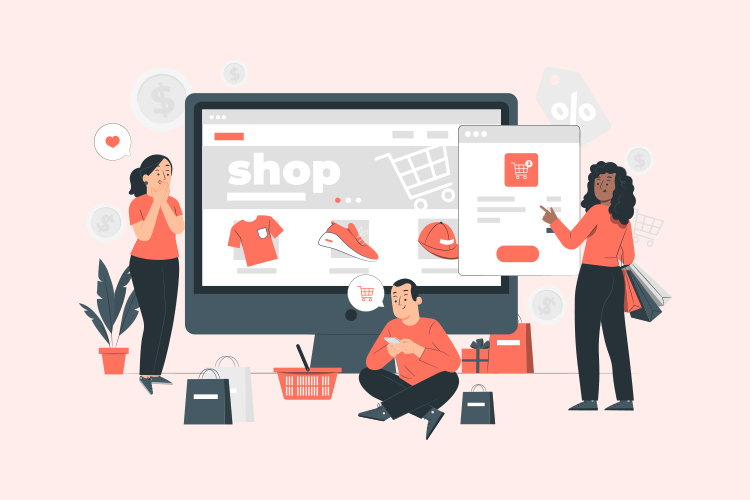
Discounts and promotions can encourage customers to make a purchase and increase customer loyalty. Consider offering free shipping, percentage discounts, or bundle deals to incentivize customers to buy.
4. Provide excellent customer service:
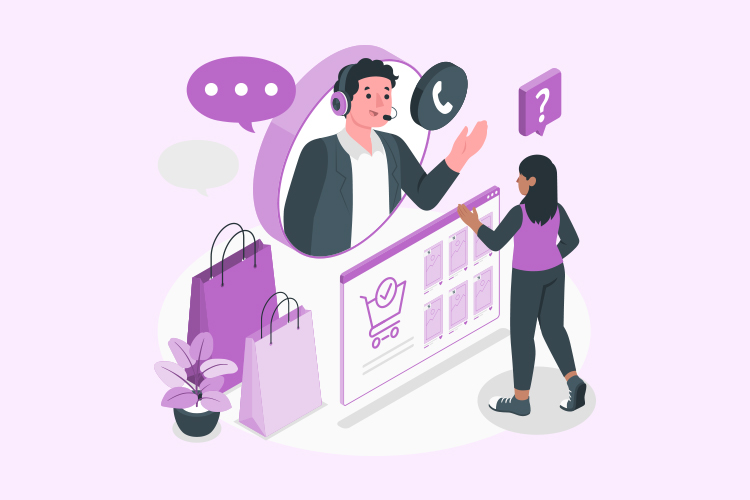
Providing excellent customer service can help you stand out from competitors and build customer loyalty. Respond to customer inquiries promptly, provide detailed information about your products and shipping policies, and be transparent about your return policy.
5. Use data analytics to track customer behavior:
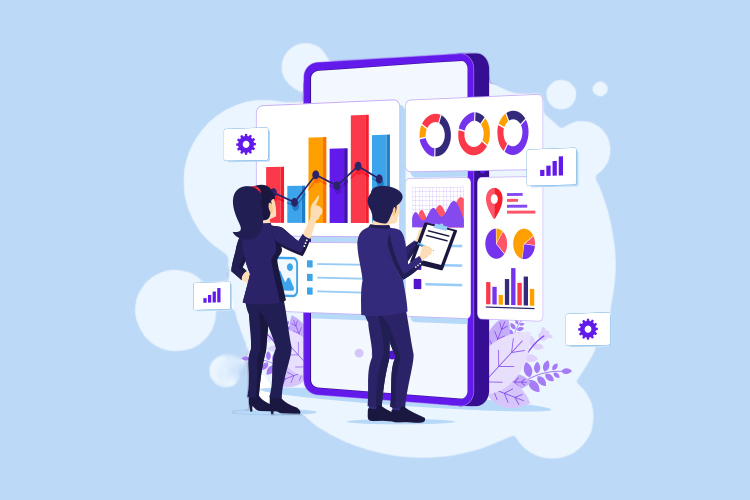
Data analytics can provide valuable insights into customer behavior, including which products are most popular, which pages receive the most traffic, and which marketing channels are most effective. Use this information to optimize your website and marketing strategy.
6. Optimize your website for mobile devices:

More and more customers are using mobile devices to shop online, so it’s important to optimize your website for mobile devices. Use responsive design to ensure that your website looks and functions well on all screen sizes, and consider offering mobile-specific features such as mobile-friendly checkout.
By implementing these best practices, you can optimize your e-commerce store and improve the user experience for your customers. Keep in mind that optimization is an ongoing process, and you should continue to monitor your website and make adjustments as needed to improve conversions and increase sales.
Conclusion
In conclusion, an e-commerce store is a critical component of any business looking to thrive in the digital economy. By having an e-commerce store, businesses can reach a broader audience, increase visibility, reduce overhead costs, gain valuable insights, and provide convenience to customers.
However, setting up and running an e-commerce store comes with its challenges, such as competition, cybersecurity threats, logistics and fulfillment, and customer trust. Nevertheless, with careful planning, attention to detail, and a commitment to excellent customer service, businesses can overcome these challenges and succeed in the world of e-commerce.
If you’re considering setting up an e-commerce store, we recommend taking the time to research and carefully plan out your strategy. Start by identifying your niche, choosing the right platform, creating a memorable domain name, designing a visually appealing store, integrating a secure payment gateway, offering various shipping and fulfillment options, and providing excellent customer service.
By following these best practices and taking a customer-centric approach, you’ll be on your way to building a successful e-commerce store that can help take your business to the next level.


